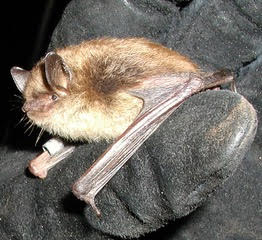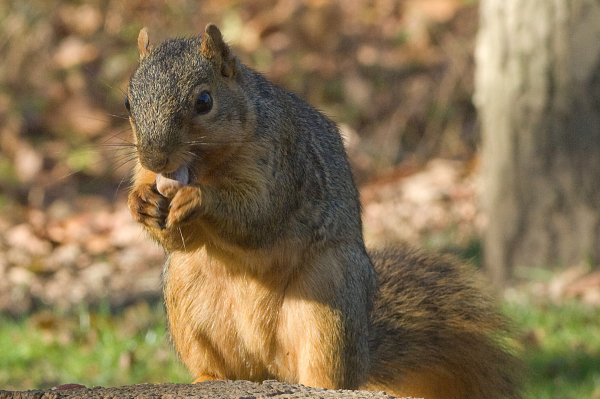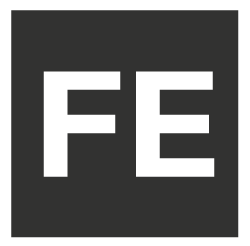Montana Gets $3.6 Million for Conservation, Hunting Heritage

MISSOULA, Mont. — Help is on the way for Montana’s elk, elk habitat and efforts to maintain and grow the state’s traditional hunting lifestyle. The Rocky Mountain Elk Foundation and its partners allocated $3,664,902 for 44 different projects that support conservation and outdoor activities across the state.
“Enhancing habitat is paramount to our mission of ensuring the future of elk, other wildlife, their habitat and our hunting heritage,” said Blake Henning, RMEF chief conservation officer. “Wildfires burned nearly 54,000 acres of the Helena-Lewis and Clark National Forest in 2021. Some of this funding will replace scorched wildlife water developments, fencing and treat invasive weeds that crowd out natural vegetation relied upon by elk and other wildlife.”
The project is part of RMEF’s continuing $1 million commitment for wildfire restoration and is one of nearly two dozen Montana projects focused on improving wildlife habitat. There are also 20 projects that help archery and recreational shooting teams, mentored hunts and other outdoor-related efforts.
RMEF supplied $1,018,908 in funding that leveraged $2,645,994 in partner dollars. Read more





